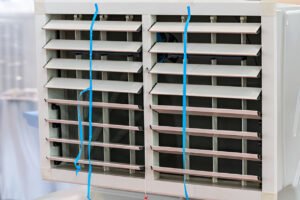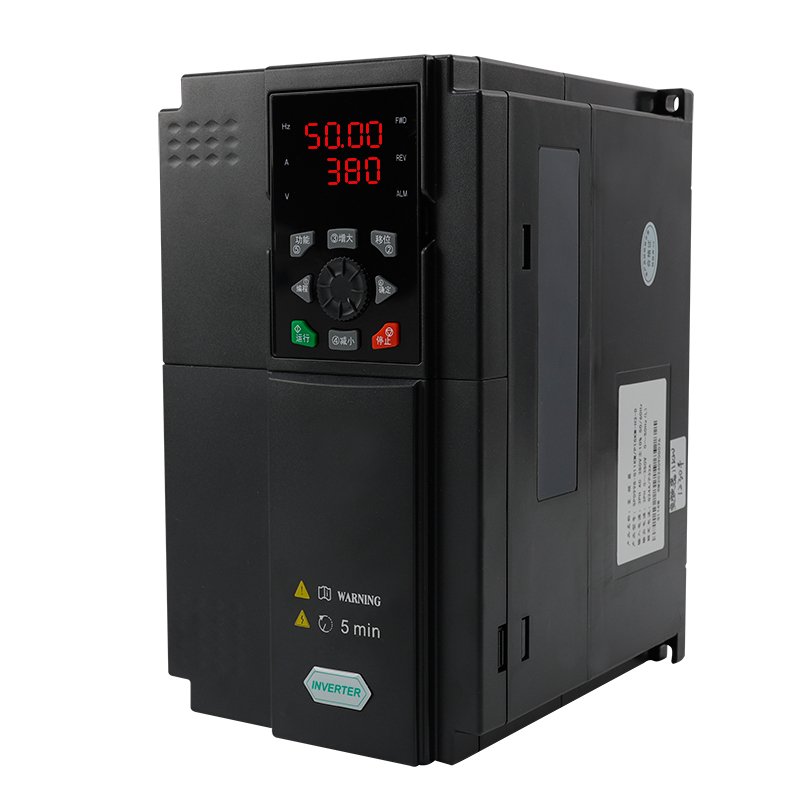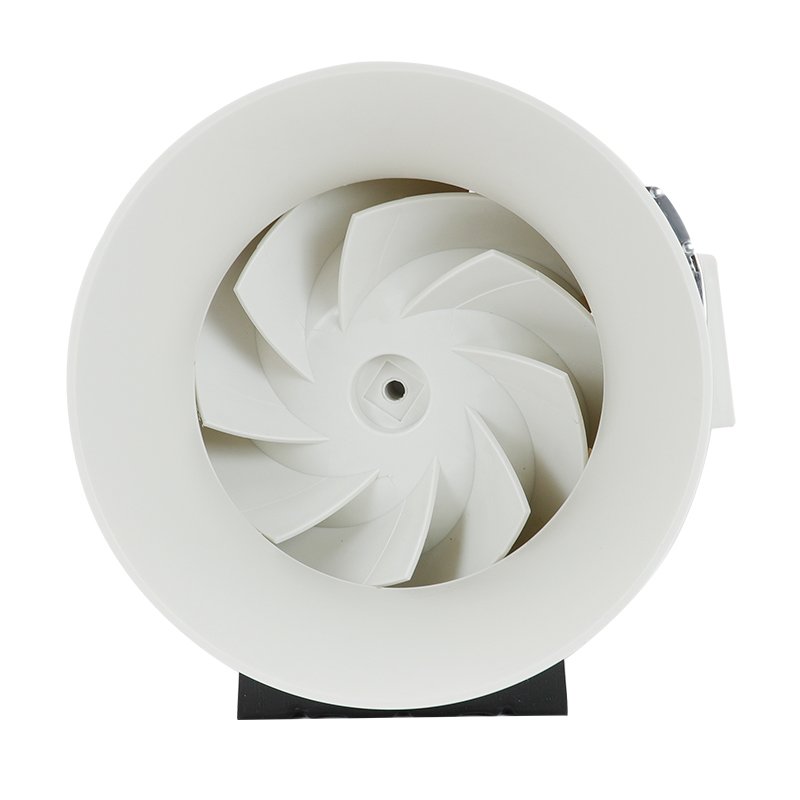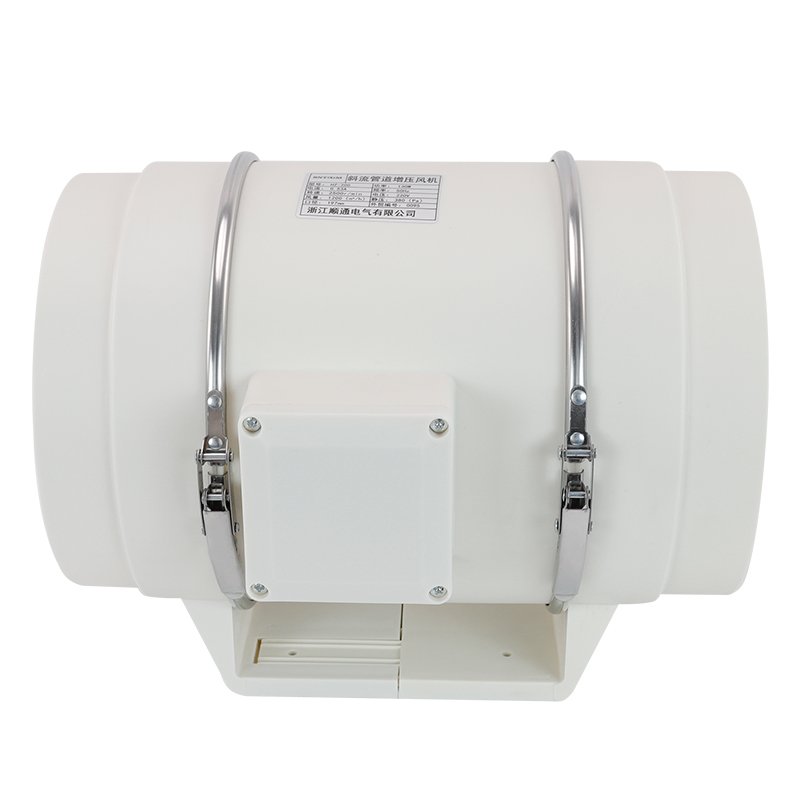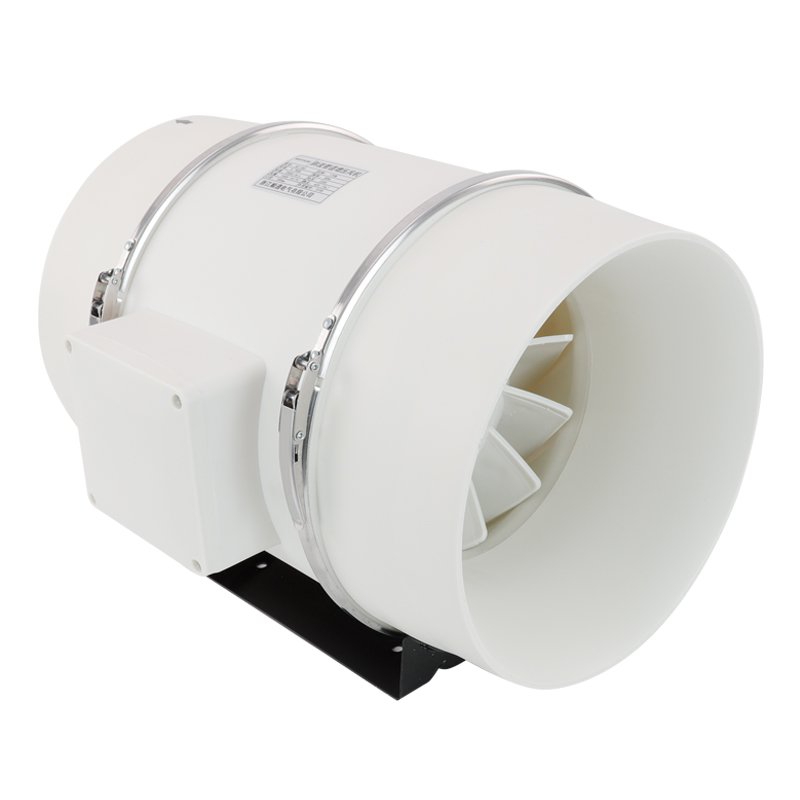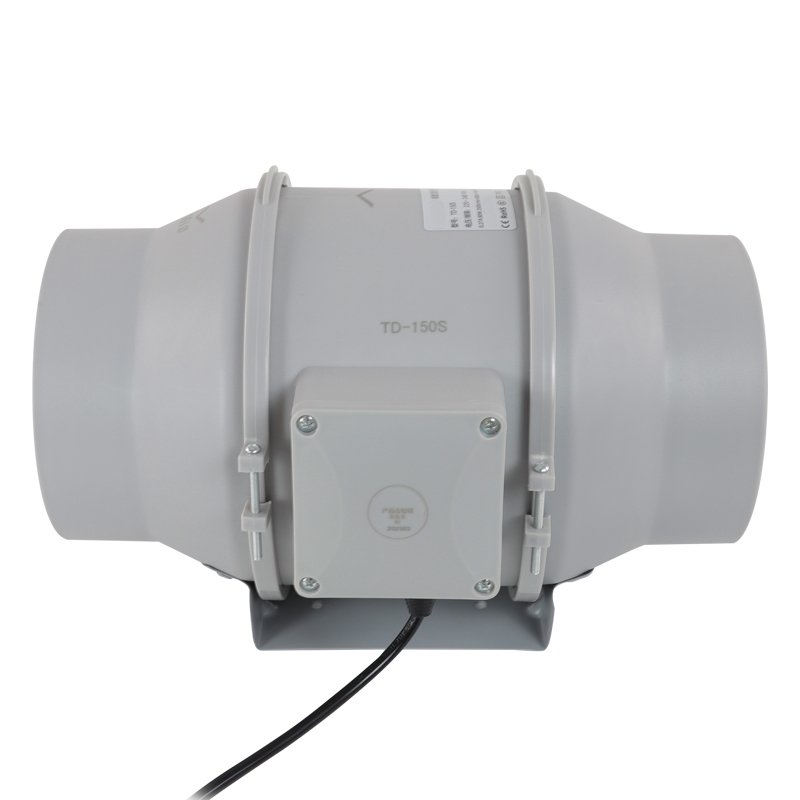Are you concerned about how much electricity your fan is consuming and the impact on your energy bill? With rising energy costs, it’s important to understand the factors that affect your fan’s power usage.
Many people don’t realize that the type of fan, its size, speed settings, usage patterns, age, and efficiency can all significantly influence how many watts it draws. Without this knowledge, you could be wasting electricity and money.
In this blog post, we’ll break down the types of fans and their typical electricity consumption. We’ll also cover the key factors that impact a fan’s energy usage and provide a simple formula to calculate your fan’s operating cost. Armed with this information, you can make smarter choices about your fan usage to save energy and money.

How Many Watts and Cost Do Different Fans Use
| Fan Type | Wattage Range | Estimated Working Hours (per day) | Estimated Power Needed per 24 hours (Watt-Hours) | Estimated Cost per 24 hours* |
|---|---|---|---|---|
| Table Fan | 10-30 watts | 8-12 hours | 80-360 Wh | $0.01-$0.04 |
| Pedestal Fan | 40-60 watts | 8-12 hours | 320-720 Wh | $0.04-$0.09 |
| Tower Fan | 30-50 watts | 8-12 hours | 240-600 Wh | $0.03-$0.07 |
| Box Fan | 50-70 watts | 8-12 hours | 400-840 Wh | $0.05-$0.10 |
| Window Fan | 55-250 watts | 8-12 hours | 440-3000 Wh | $0.05-$0.36 |
| Ceiling Fan | 15-90 watts | 8-12 hours | 120-1080 Wh | $0.01-$0.13 |
Factors Affecting a Fan’s Electricity Usage
Fan Size
Larger fans generally require more power to operate compared to smaller fans. For example, a 52-inch ceiling fan may consume around 60-80 watts, while a smaller 36-inch fan might use only 30-50 watts.
Speed Settings
Most fans offer multiple speed settings, with higher speeds consuming more energy. A fan running at its highest speed setting can use up to 50% more electricity compared to its lowest setting. Using lower speeds when possible can lead to energy savings.
Type of Fan
Different types of fans have varying levels of electricity consumption. Ceiling fans are generally the most energy-efficient, followed by tower fans and table fans. Box fans and window fans typically consume more electricity due to their larger size and higher airflow output.
Usage Patterns
How often and for how long a fan is used directly influences its overall electricity consumption. A fan that runs continuously will consume more energy than one used intermittently. Using fans only when necessary and turning them off when leaving a room can significantly reduce electricity usage.
Age and Efficiency
Older fans tend to be less energy-efficient compared to newer models. Advances in motor technology and blade design have led to more efficient fans that consume less electricity while providing similar or better performance. Replacing an old, inefficient fan with a newer, Energy Star-rated model can result in substantial energy savings.
Maintenance
Regular maintenance, such as cleaning the blades and lubricating the motor, can help a fan operate more efficiently. Dust and dirt buildup on the blades can impede airflow and cause the motor to work harder, leading to increased electricity consumption. Keeping the fan clean and well-maintained can optimize its performance and energy efficiency.
Airflow (CFM)
The airflow output of a fan, measured in cubic feet per minute (CFM), can also impact its electricity usage. Fans with higher CFM ratings typically require more powerful motors, which consume more electricity. However, a fan with a high CFM may be able to cool a space more effectively, potentially reducing the need for other cooling appliances like air conditioners.
Additional Features
Some fans come with additional features that can affect their electricity consumption. For example, fans with built-in lighting or remote controls may consume slightly more electricity compared to basic models. However, the impact of these features on overall energy usage is generally minimal.
Common Electricity Consumption Chart for Size and Speed
| Fan Size (Diameter in inches) | Speed Setting | Energy Consumption (kWh for 8 hours) |
|---|---|---|
| 36″ (Small) | Medium | 0.12 kWh |
| 36″ (Small) | High | 0.16 kWh |
| 48″ (Medium) | Low | 0.24 kWh |
| 48″ (Medium) | Medium | 0.36 kWh |
| 48″ (Medium) | High | 0.45 kWh |
| 56″ (Large) | Low | 0.48 kWh |
| 56″ (Large) | Medium | 0.72 kWh |
| 56″ (Large) | High | 0.96 kWh |
Calculating the Cost of Running a Fan
To determine the cost of operating a fan, you’ll need to know its wattage, the number of hours it runs per day, and your electricity rate per kilowatt-hour (kWh). Use this formula to calculate the daily cost:
Daily cost = (Fan wattage × Hours used per day) ÷ 1000 × Electricity rate per kWh
For example, if you have a 75-watt fan that runs for 8 hours a day and your electricity rate is $0.12 per kWh, the daily cost would be:
(75 watts × 8 hours) ÷ 1000 × $0.12/kWh = $0.072 per day
To find the monthly cost, multiply the daily cost by 30:
$0.072 × 30 = $2.16 per month


